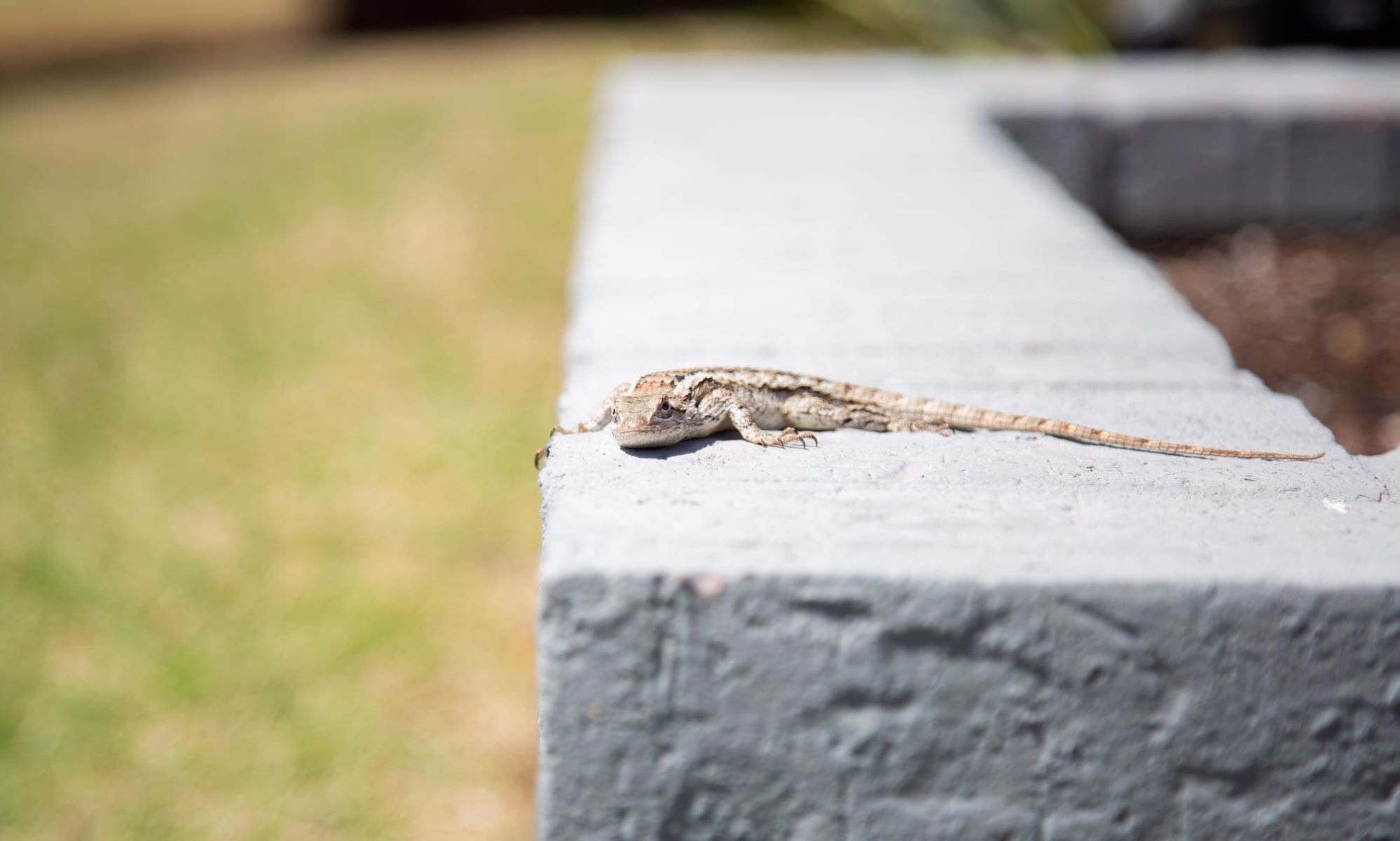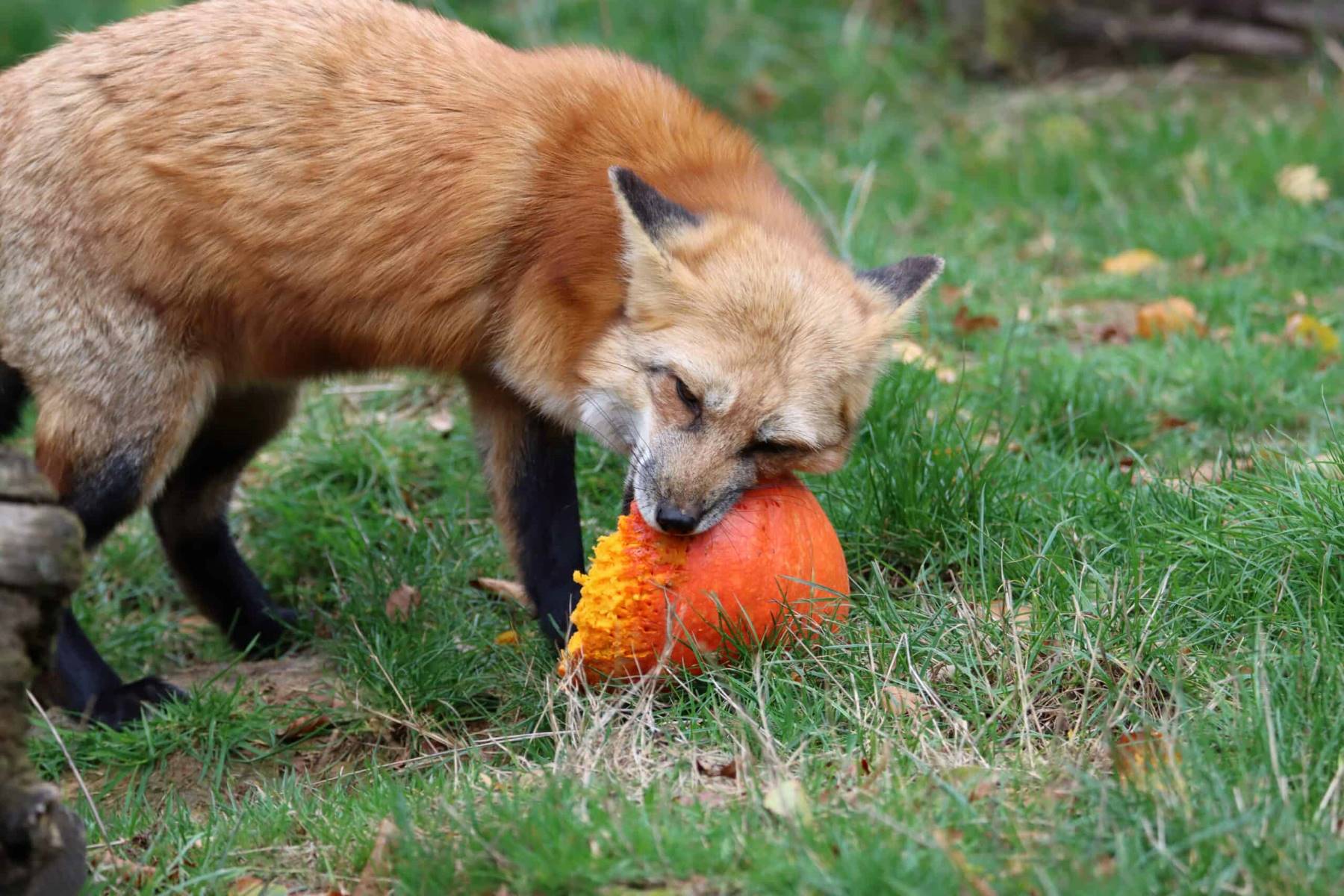Home>Pets & Animals>The Ultimate Bait To Catch A Cunning Fox In A Live Trap!


Pets & Animals
The Ultimate Bait To Catch A Cunning Fox In A Live Trap!
Published: February 18, 2024
Looking to catch a cunning fox in a live trap? Discover the ultimate bait for success. Find out how to effectively trap foxes in this comprehensive guide for pet and animal enthusiasts.
(Many of the links in this article redirect to a specific reviewed product. Your purchase of these products through affiliate links helps to generate commission for Regretless.com, at no extra cost. Learn more)
Table of Contents
Introduction
Catching a cunning fox in a live trap requires a strategic approach and a keen understanding of the fox's behavior. Foxes are known for their intelligence and stealth, making them a challenging target for trapping. Whether you're dealing with a fox causing trouble in your neighborhood or simply want to study these fascinating creatures up close, using a live trap can be an effective and humane method.
In this comprehensive guide, we will delve into the art of luring and capturing a fox using a live trap. From understanding the cunning nature of foxes to selecting the most enticing bait, we will cover every aspect of this endeavor. Additionally, we will explore the critical steps involved in setting up the live trap, monitoring the situation, and safely releasing the fox back into the wild.
By the end of this guide, you will have a deeper insight into the behavior of foxes and the techniques required to successfully trap them without causing harm. So, gear up and get ready to embark on an enlightening journey into the world of fox trapping.
Understanding the Cunning Fox
The red fox, known for its sly and cunning nature, is a highly adaptable and intelligent creature. Found in diverse habitats ranging from forests and grasslands to urban areas, foxes have earned a reputation for their resourcefulness and elusive behavior. Understanding the cunning fox is essential when it comes to successfully trapping them in a live trap.
Foxes are primarily nocturnal animals, which means they are most active during the night. This nocturnal behavior, combined with their exceptional agility and stealth, allows them to move undetected through various environments. Their keen senses, including sharp eyesight and acute hearing, further contribute to their ability to evade potential threats and traps.
In addition to their physical attributes, foxes exhibit remarkable problem-solving skills. Their cognitive abilities enable them to adapt to changing circumstances, making them adept at avoiding conventional traps and snares. This adaptability is a testament to their survival instincts and their capacity to outsmart less sophisticated trapping methods.
Furthermore, foxes are opportunistic hunters and scavengers, displaying a diverse diet that includes small mammals, birds, insects, fruits, and even human refuse. This dietary flexibility contributes to their ability to thrive in a wide range of environments and ensures that they remain constantly on the lookout for potential food sources, including bait in traps.
Understanding the behavior and instincts of the cunning fox is crucial for devising an effective trapping strategy. By recognizing their nocturnal habits, sensory acuity, problem-solving skills, and opportunistic nature, trappers can tailor their approach to outwit these elusive creatures. With this knowledge in mind, the next step is to select the most enticing bait to lure the wily fox into the live trap.
Choosing the Right Bait
Selecting the right bait is a critical aspect of trapping a cunning fox in a live trap. The chosen bait should appeal to the fox's keen sense of smell and natural hunting instincts, enticing them to enter the trap. When it comes to bait selection, trappers have several options to consider, each with its own set of advantages and considerations.
One of the most effective baits for fox trapping is fresh meat. Foxes are carnivorous predators, and the scent of fresh meat can be highly alluring to them. Trappers can use a variety of meats as bait, including raw chicken, rabbit, or even small game such as squirrels. The key is to ensure that the meat is fresh and emits a strong odor that can attract the fox from a distance.
Another popular bait choice is fish, particularly oily fish such as mackerel or sardines. The pungent aroma of fish can capture the attention of a fox, drawing them towards the trap. Additionally, fish can withstand varying weather conditions, making it a reliable option for baiting foxes in different environments.
In some cases, trappers may opt for non-meat baits such as eggs or canned cat food. Eggs, with their distinct scent, can pique the curiosity of a fox, while canned cat food offers a convenient and readily available alternative that can still appeal to the fox's carnivorous instincts.
It's important to note that regardless of the chosen bait, trappers should handle the bait with care to minimize human scent contamination. Wearing gloves and taking precautions to avoid direct contact with the bait can help preserve its natural odor and increase its attractiveness to the fox.
Moreover, understanding the local ecosystem and the natural diet of foxes in the area can provide valuable insights into selecting the most effective bait. By aligning the bait with the fox's natural food sources, trappers can enhance the likelihood of enticing the fox into the live trap.
In summary, choosing the right bait for trapping a cunning fox in a live trap involves considering the fox's dietary preferences, olfactory sensitivity, and environmental factors. By selecting fresh, aromatic baits that align with the fox's natural instincts, trappers can significantly increase their chances of successfully luring the elusive fox into the trap.
Setting Up the Live Trap
Setting up the live trap is a crucial step in the process of capturing a cunning fox. It requires careful consideration of the trap placement, camouflage, and strategic positioning to maximize the chances of successfully ensnaring the elusive creature.
First and foremost, selecting the right location for the live trap is essential. Trappers should identify areas where fox activity has been observed, such as near den sites, along known pathways, or in proximity to areas where the fox has been seen foraging for food. By targeting these specific locations, trappers increase the likelihood of attracting the fox to the trap.
Once the ideal location has been determined, it's time to camouflage the live trap. Camouflage helps the trap blend seamlessly into the surrounding environment, reducing the likelihood of the fox detecting any foreign or threatening elements. Natural materials such as twigs, leaves, and branches can be strategically placed around the trap to conceal its presence and create a sense of familiarity for the fox.
In addition to camouflage, trappers should consider using visual barriers to guide the fox towards the entrance of the trap. Creating a narrow pathway leading to the trap entrance using natural elements can help direct the fox's movement and encourage it to enter the trap in pursuit of the bait.
When positioning the live trap, it's essential to ensure that it is stable and level on the ground. Any instability or unevenness could potentially deter the fox from entering the trap, as they are naturally cautious and wary of unfamiliar surroundings. Placing the trap on solid ground and making necessary adjustments to its positioning can help instill a sense of security for the fox.
Furthermore, trappers should take into account the prevailing wind direction when setting up the live trap. Placing the trap in a manner that allows the scent of the bait to travel towards areas where the fox is likely to approach from can significantly enhance the trap's effectiveness. The strategic use of the wind to carry the enticing aroma towards the fox's path can serve as a powerful attractant, increasing the chances of a successful capture.
In summary, setting up the live trap involves careful consideration of location, camouflage, positioning, and scent dispersion. By strategically placing and camouflaging the trap, trappers can create an inviting and secure environment that entices the cunning fox to enter, setting the stage for a successful capture and subsequent release.
Monitoring and Releasing the Fox
After successfully capturing a cunning fox in a live trap, the next crucial phase involves monitoring the trap and releasing the fox in a safe and responsible manner. This stage requires attentiveness, patience, and a deep respect for the well-being of the fox.
Monitoring the live trap is essential to ensure the fox's welfare and minimize its stress during captivity. Trappers should conduct regular checks on the trap to assess the fox's condition and promptly address any potential issues. It's important to approach the trap calmly and quietly, minimizing disturbances to the captured fox. By maintaining a respectful distance and avoiding sudden movements, trappers can reduce the fox's anxiety and maintain a secure environment within the trap.
During the monitoring process, trappers should carefully observe the fox's behavior and physical state. This includes assessing its overall health, demeanor, and any signs of distress. Additionally, ensuring that the trap remains secure and undisturbed by external factors, such as other wildlife or adverse weather conditions, is crucial for safeguarding the fox's well-being.
Once the fox has been successfully captured and monitored, the time comes for its safe release back into the wild. When releasing the fox, trappers should select a suitable location that offers a favorable habitat for the fox's survival. This could include areas with adequate food sources, shelter, and minimal human disturbance.
Before opening the trap, trappers should approach the release process with caution and mindfulness. It's important to create a calm and non-threatening environment for the fox by minimizing noise and sudden movements. By maintaining a respectful distance and allowing the fox to acclimate to its surroundings, trappers can facilitate a smooth and stress-free release.
Upon opening the trap, trappers should allow the fox to exit at its own pace, avoiding any attempts to rush or force its departure. Providing the fox with the freedom to leave the trap on its own terms promotes a sense of autonomy and reduces the likelihood of unnecessary stress or agitation.
As the fox emerges from the trap and returns to its natural habitat, trappers should observe from a distance, ensuring that the fox moves freely and exhibits normal behavior. This allows trappers to confirm the fox's successful reintegration into the wild and provides a sense of closure to the trapping process.
In summary, monitoring and releasing the captured fox requires a delicate balance of attentiveness, respect, and mindfulness. By prioritizing the fox's well-being throughout the monitoring and release stages, trappers can uphold ethical trapping practices and contribute to the conservation of these remarkable creatures.
Conclusion
In conclusion, capturing a cunning fox in a live trap is a multifaceted endeavor that demands a blend of strategic planning, understanding of fox behavior, and a deep respect for wildlife. Through this comprehensive guide, we have explored the intricate nuances of trapping a fox, from selecting the most enticing bait to the careful monitoring and responsible release of the captured fox.
Understanding the cunning nature of foxes is paramount in devising an effective trapping strategy. By recognizing their nocturnal habits, keen sensory acuity, problem-solving skills, and opportunistic nature, trappers can tailor their approach to outsmart these elusive creatures. This insight serves as the foundation for selecting the most alluring bait that aligns with the fox's natural instincts, increasing the likelihood of successfully luring the wily fox into the live trap.
Setting up the live trap requires meticulous attention to detail, from choosing the ideal location and camouflaging the trap to considering wind direction and scent dispersion. By creating an inviting and secure environment that entices the fox to enter, trappers set the stage for a successful capture and subsequent release.
The monitoring and release of the captured fox are pivotal stages that demand patience, attentiveness, and a deep respect for the well-being of the fox. By conducting regular checks on the trap, assessing the fox's condition, and ensuring a safe and stress-free release back into the wild, trappers uphold ethical trapping practices and contribute to the conservation of these remarkable creatures.
Ultimately, the art of capturing a cunning fox in a live trap embodies a harmonious balance between human intervention and wildlife preservation. By approaching fox trapping with a blend of expertise, empathy, and ethical considerations, trappers can not only manage human-wildlife conflicts effectively but also contribute to the conservation and protection of these remarkable creatures in their natural habitats.














